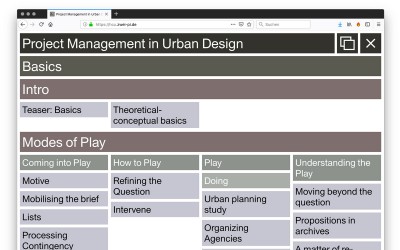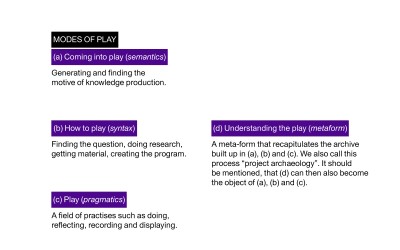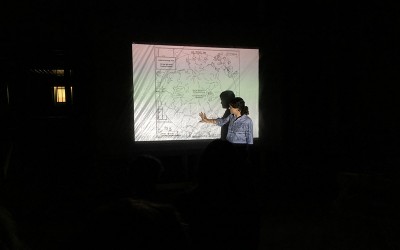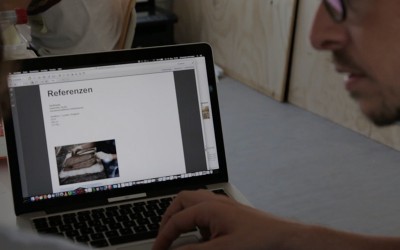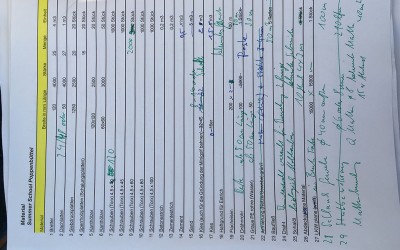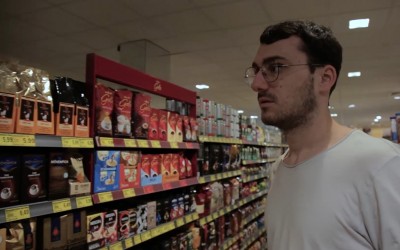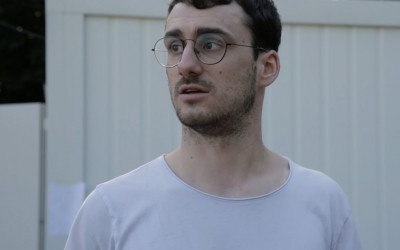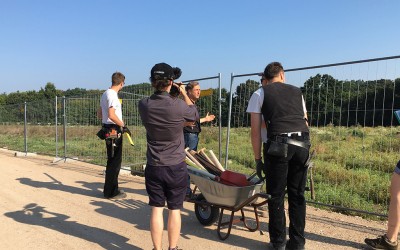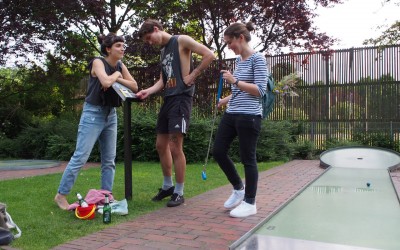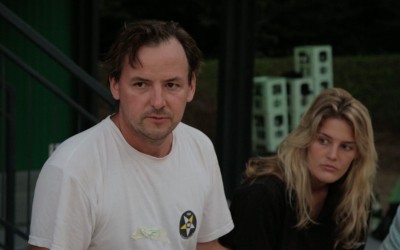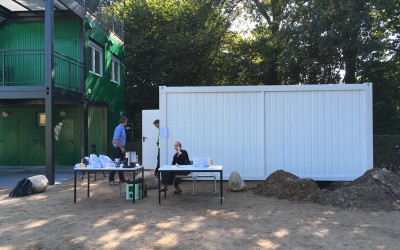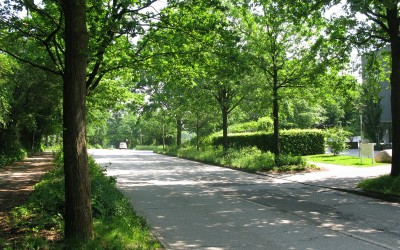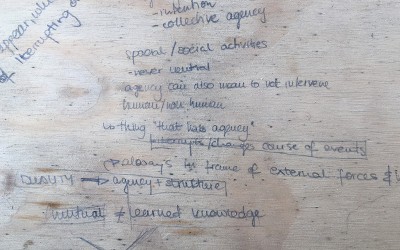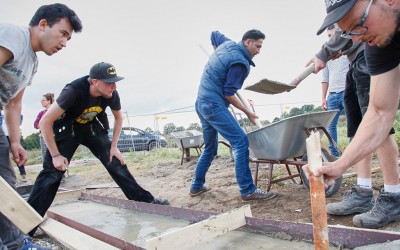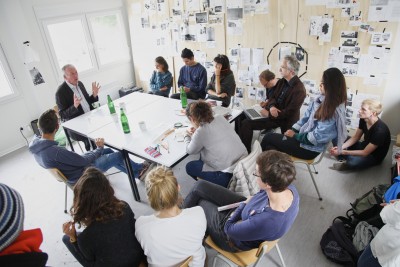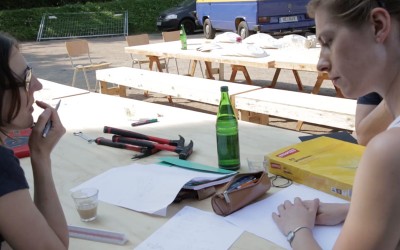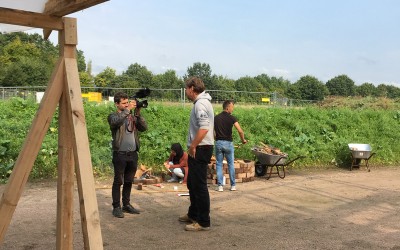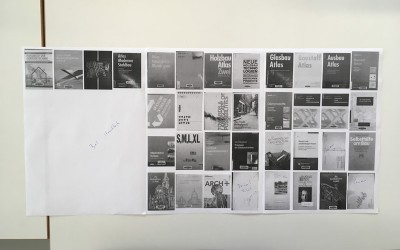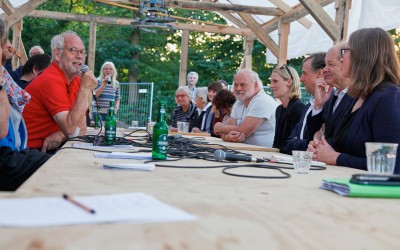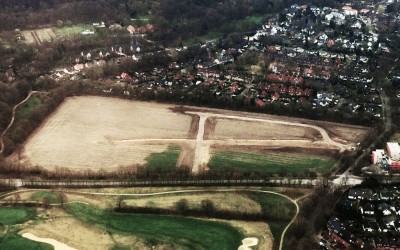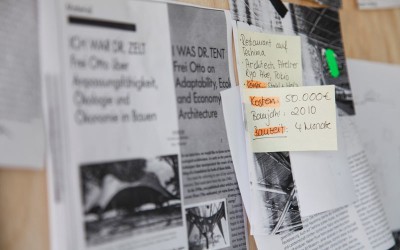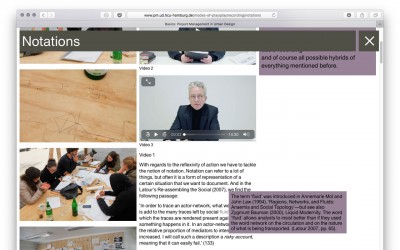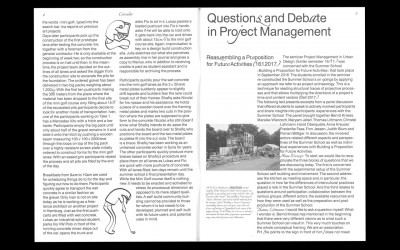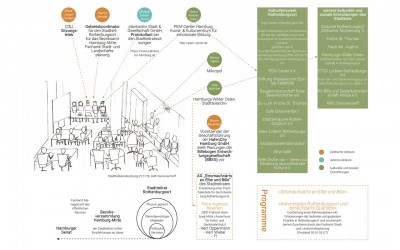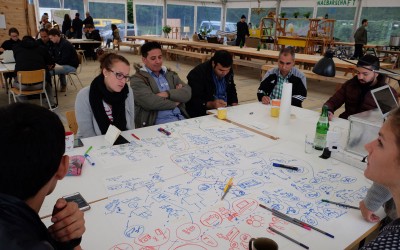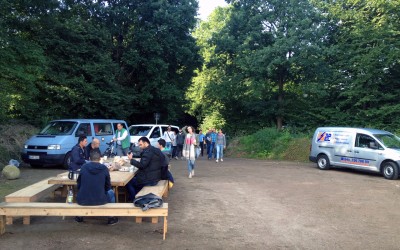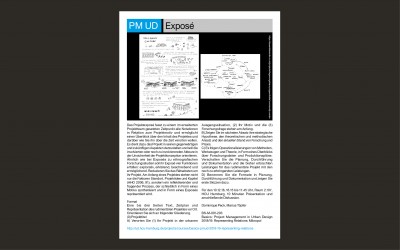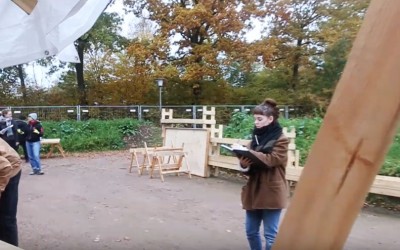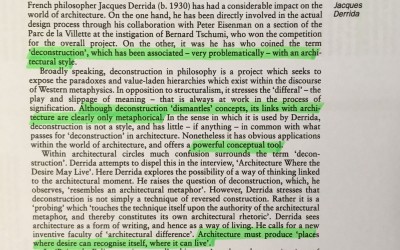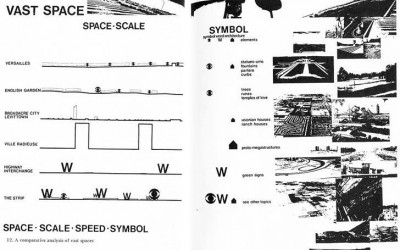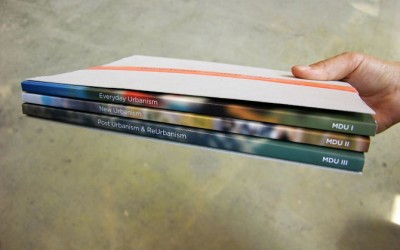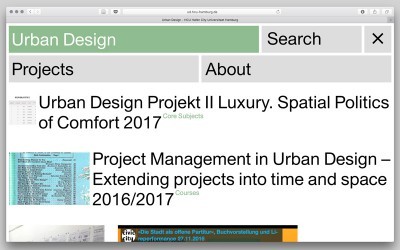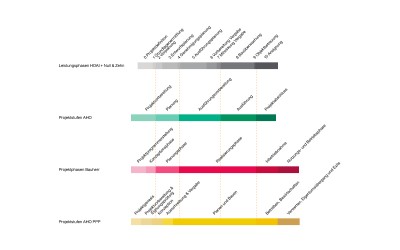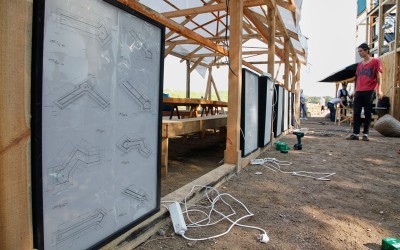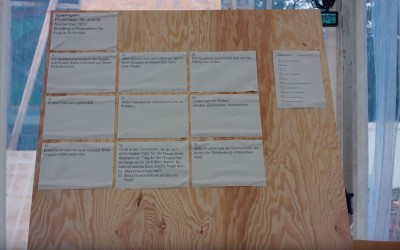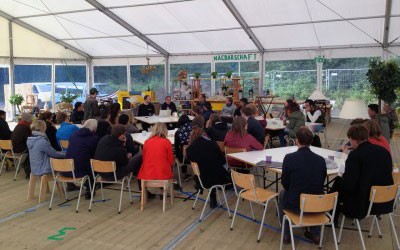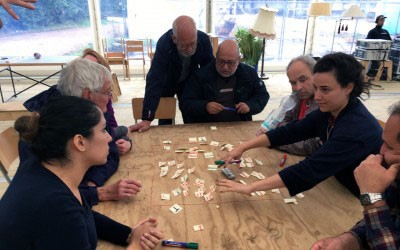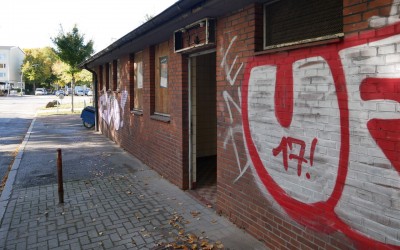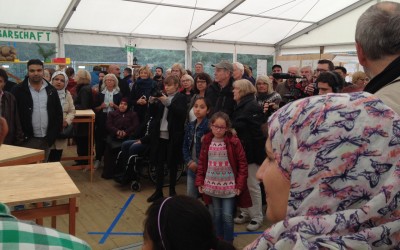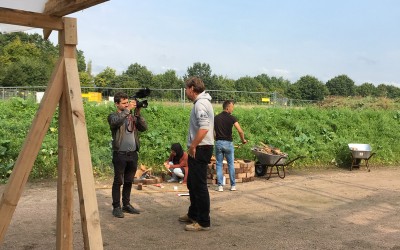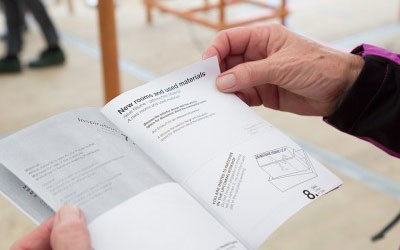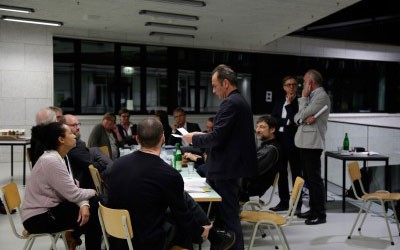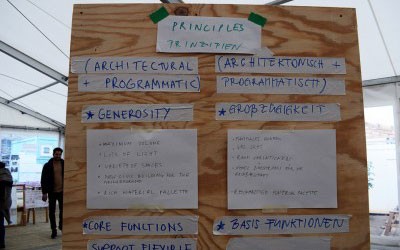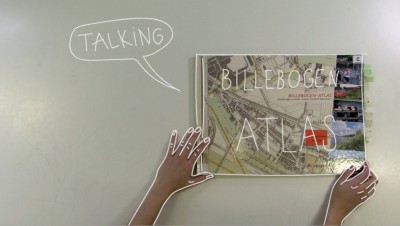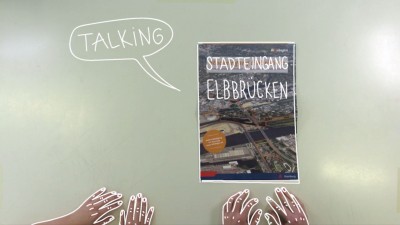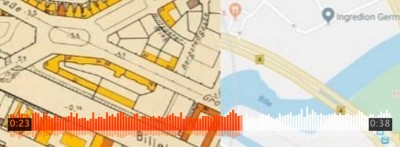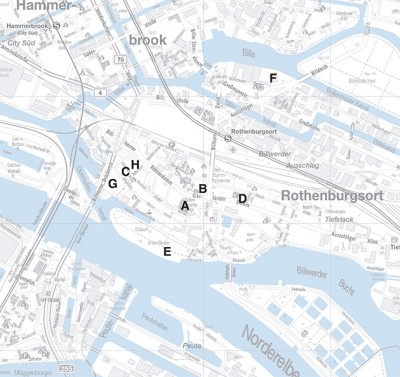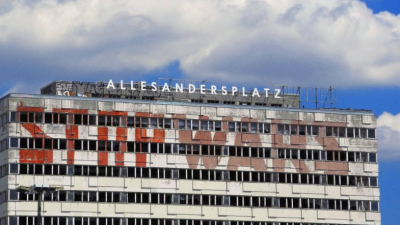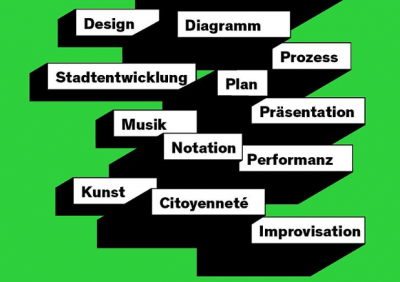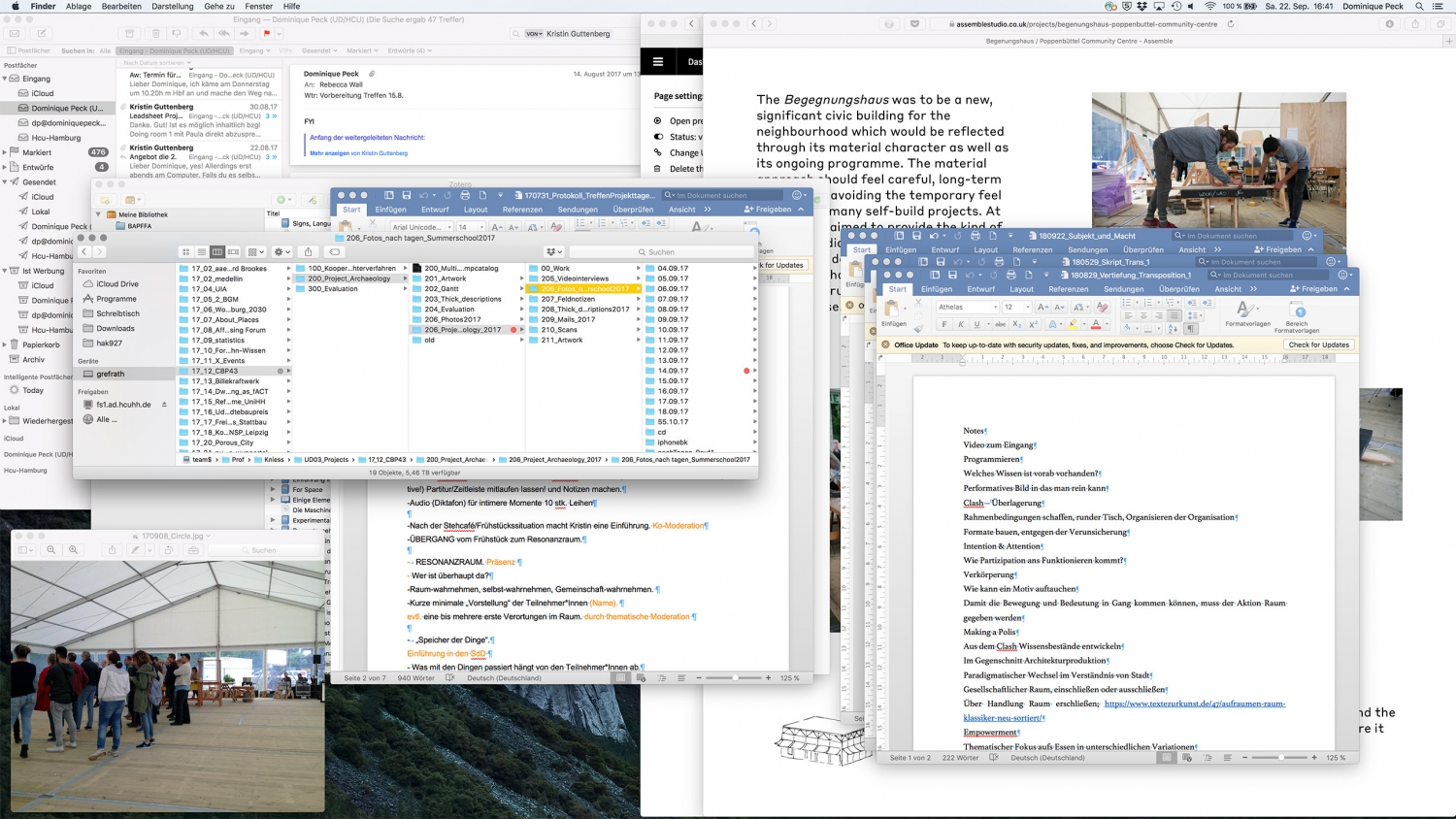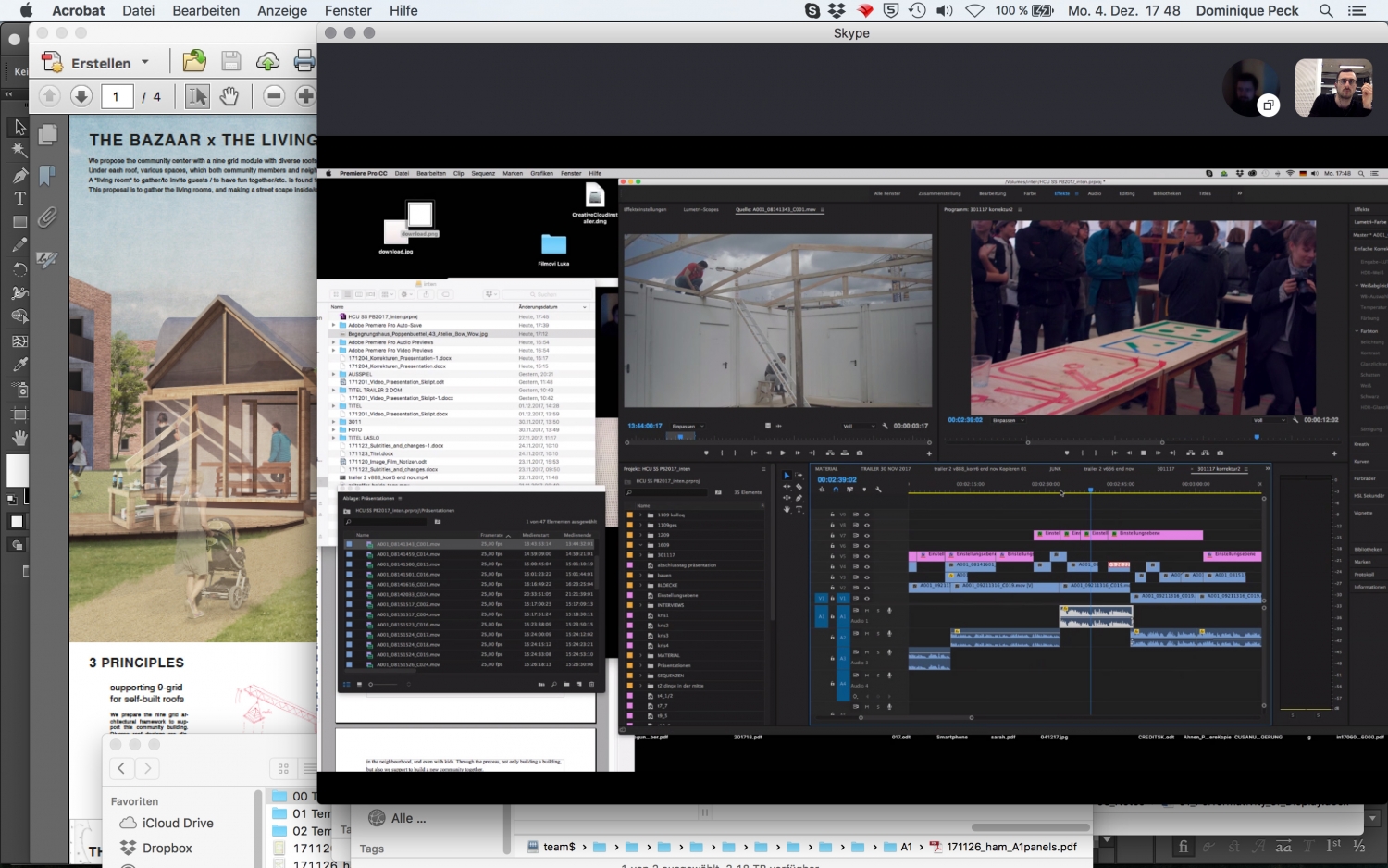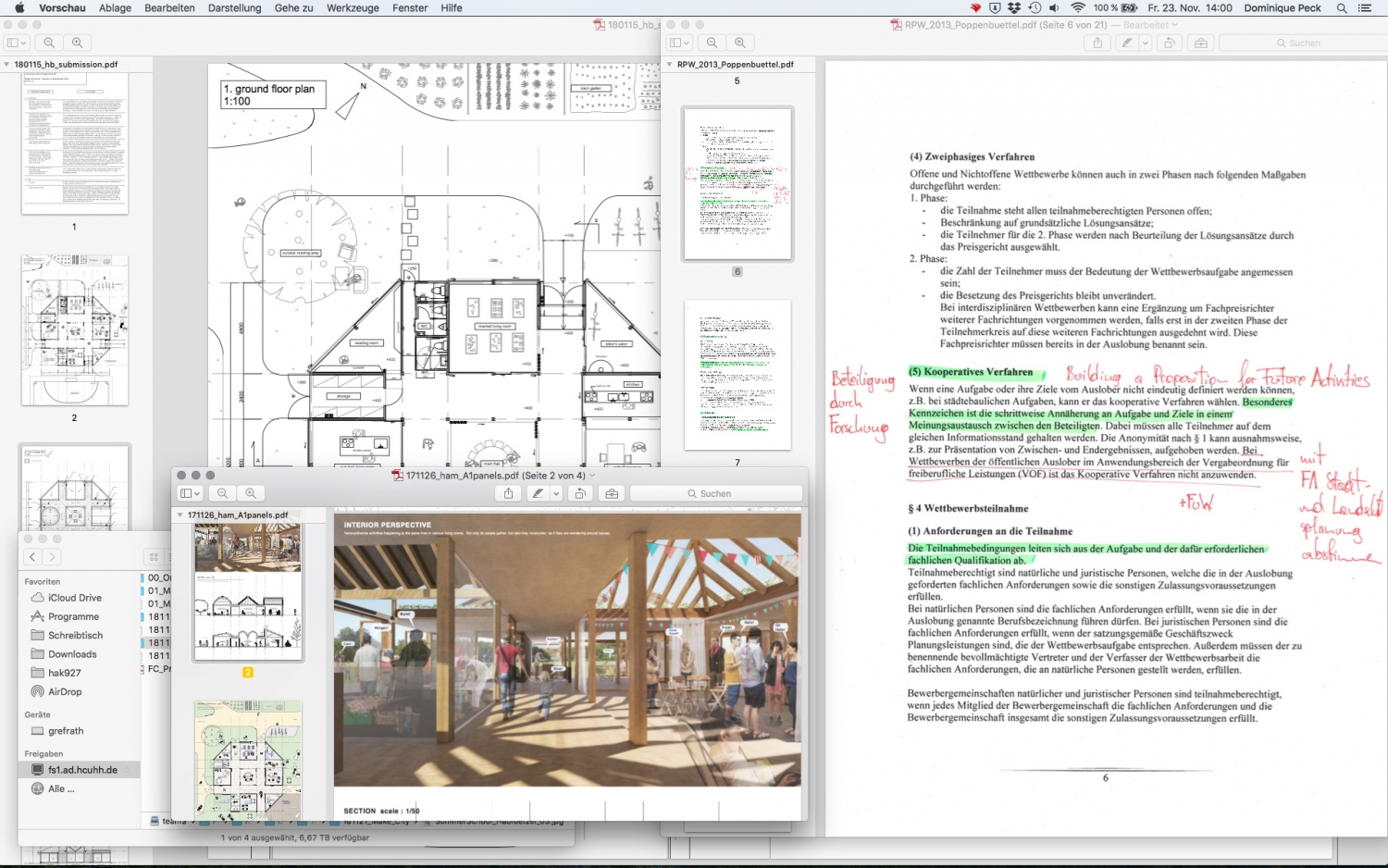We look at the actor network theory and its concept of mediators. Mediators are active intermediaries. They influence the communication space between parties and act as “third parties”. It is they who make communication between two opposing communication partners and parties possible (Wieser 2002, 111). What the mediators do is all too often overlooked. Their power is obscure. The decisive question is how to make the mediators visible and how to use them. The mediation of the motive of a project can be extremely difficult on a purely discursive level in project level 0: project genesis. Too often all stakeholders fall into a purely affective argumentation about what it means to realise a project and what one should do with the knowledge about this meaning in the project. The exploration of the actual critical issues in the project thus remains without structure and therefore involves numerous pitfalls and even project existence risks. The mediation of the motif via a performative setting such as a summer school and in particular its closing event enables the members of the project management team to demonstrate a performative definition of society instead of an ostentatious one. With the concept of mediators it will be possible to demonstrate the discipline of “classical” procedures as never absolute, in which again there is room for cahnge or dimensions of possibility. “The challenge is to make inconspicuous and perhaps boring things visible and to show how much they actually change, transform, shift and modify what one thinks they transport, transmit and pass on” (Wieser 2002, 112). Project management in urban design is so consistently concerned with the processes of urban and knowledge production because it makes alternatives to functionalism and essentialism accessible. The ANT highlights the performativity and materiality of social action as well as the mediality of technology. By this the ANT also means supposedly non-media face-to-face communication. Here, too, media such as the body, voice and language intervene in the interaction between two people. Certainly the medium has no sole determinant power, yet the medium leaves a trace (Krämer 1998), shapes communication or action, is disciplined and even forces one to certain things (Latour 1996). A road sill insists quite obtrusively that you drive your car slower for a short time. A building construction competition forces architects to design a building.
ARTE Karambolage. Der Berliner Schlüssel. https://www.arte.tv/de/videos/RC-014034/karambolage/
We can, for example, describe planning competitions as a complex technology that prescribe the organization of human and non-human actors in the design via the tender, the procedure, the participants, the work situation, the jury and much more. The tracing method – ANT “is an attempt to refocus an analytical logic away from metaphysical assumptions (for example about human nature) and onto the event of analysis itself” (van Loon 2008, 16) – can also be used in the project exploring phase to play through possibilities of realization with stakeholders and thus confront uncertainties in the future with ideas or models. In the work of a project archaeology, the concept of mediators succeeds in conducting ethnographic media research. Project management is a form of practice that is often carried out using a computer with special software and dashboards, in the cloud, via plans, diagrams and similar notations, but also in word battles at locations such as back rooms or public participation formats. The concept of mediators is so productive because it does not separate production from use and the power positions included therein, but first follows the operational chains of the actors studied (Wieser 2002, 115). Thus, instead of producing new theories on changes in society as a whole or epochal transformations, it may be possible to describe “the setup, establishment, use, reuse, historicization, and deactivation of media technology infrastructures themselves as complex social processes of enabling and restricting each currently possible form of practice” (Passoth 2010, 211). ANT as a process theory enables project management to do justice to the reflection of situations of mobility or multisitedness of media communication that are described as evidence by following the actants.
